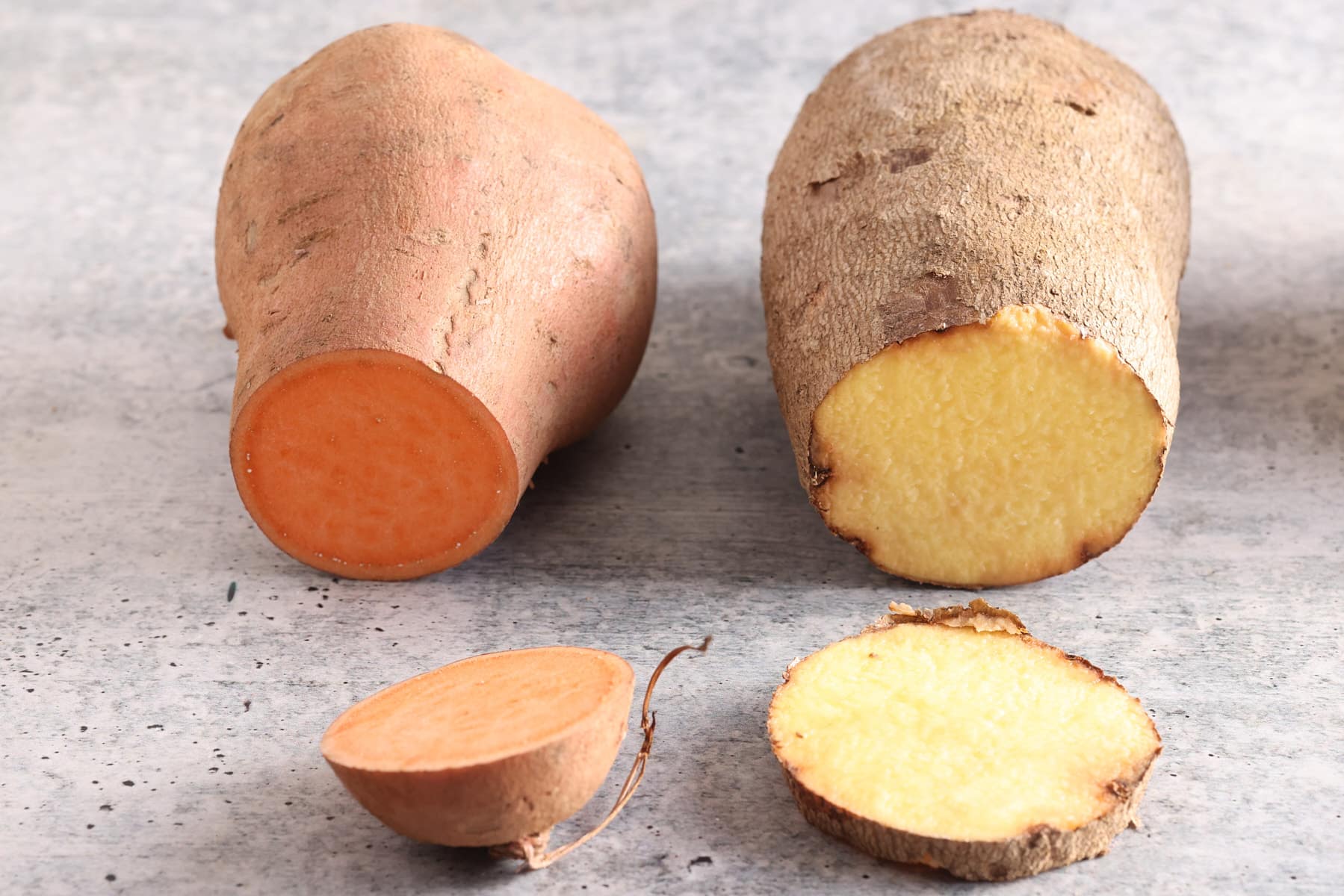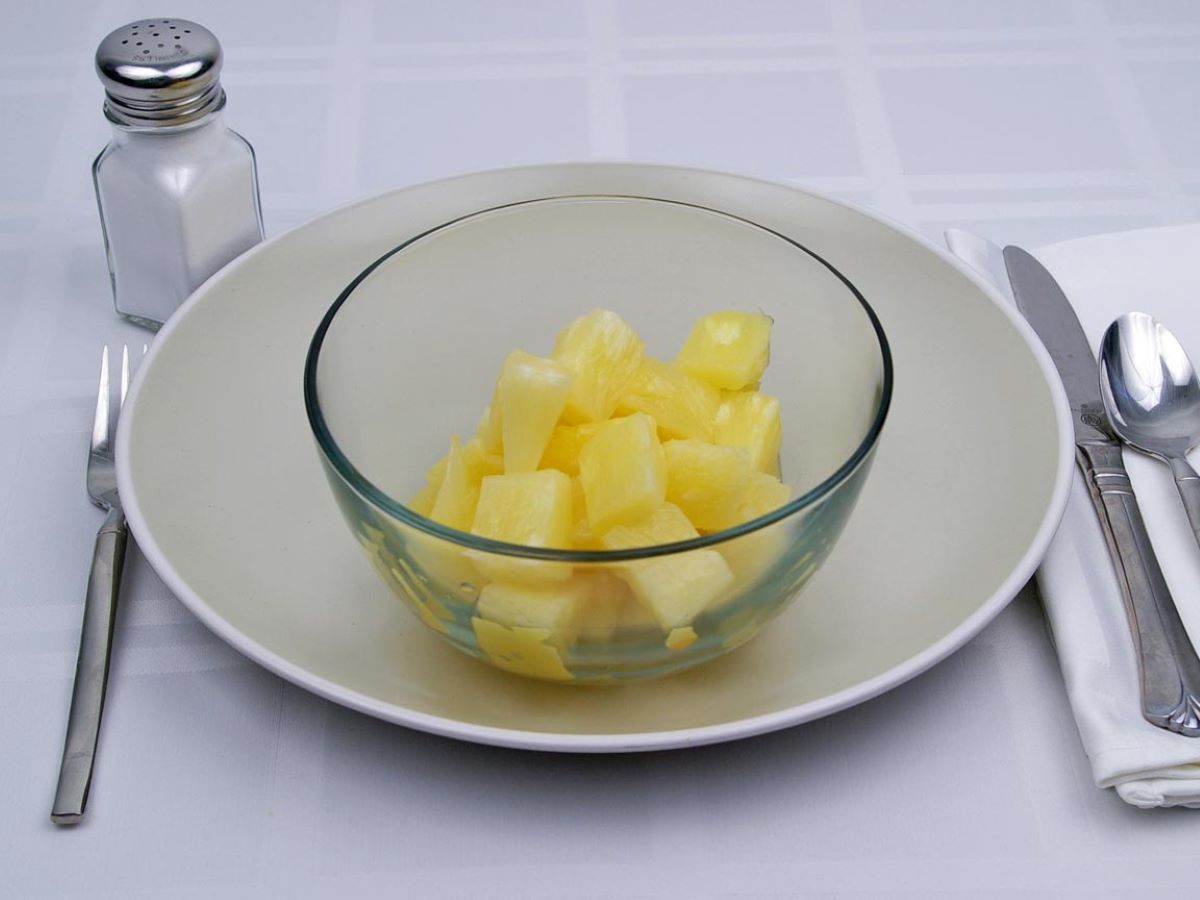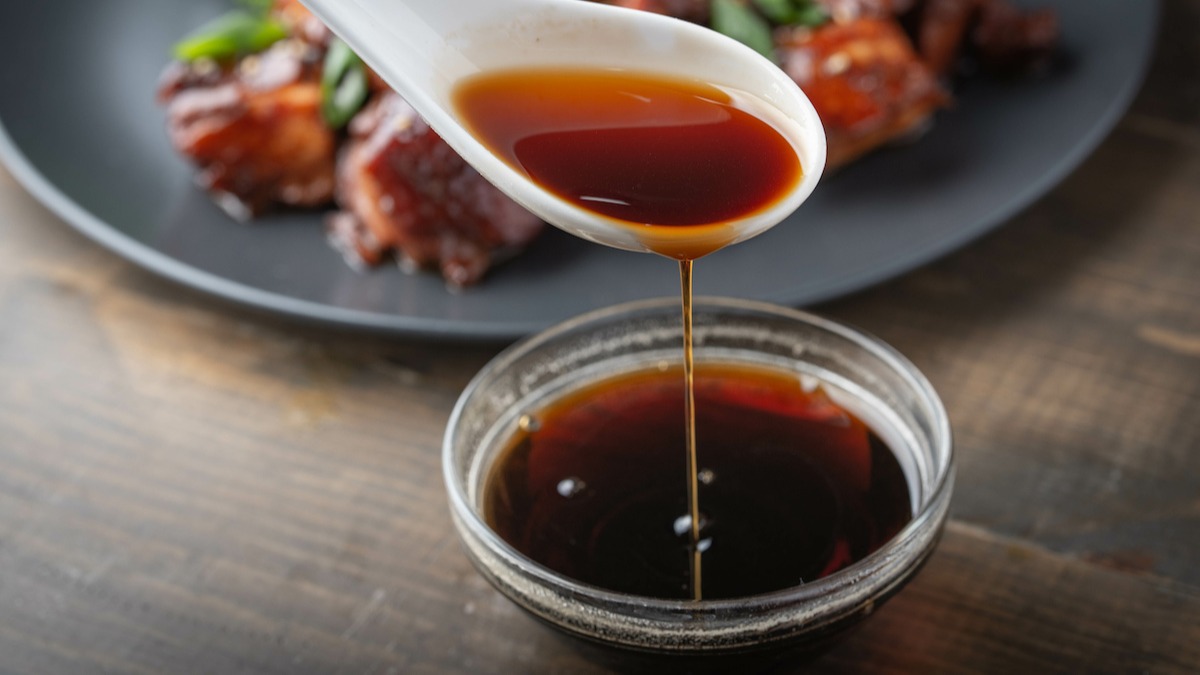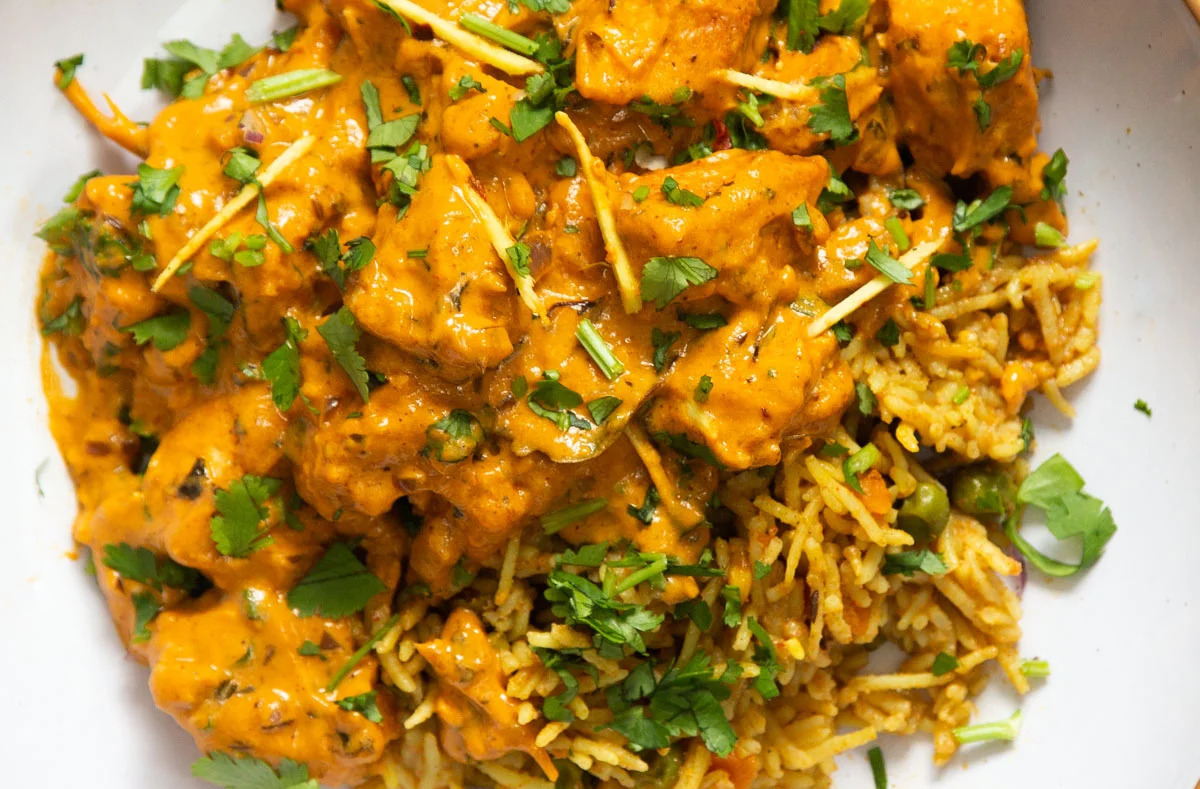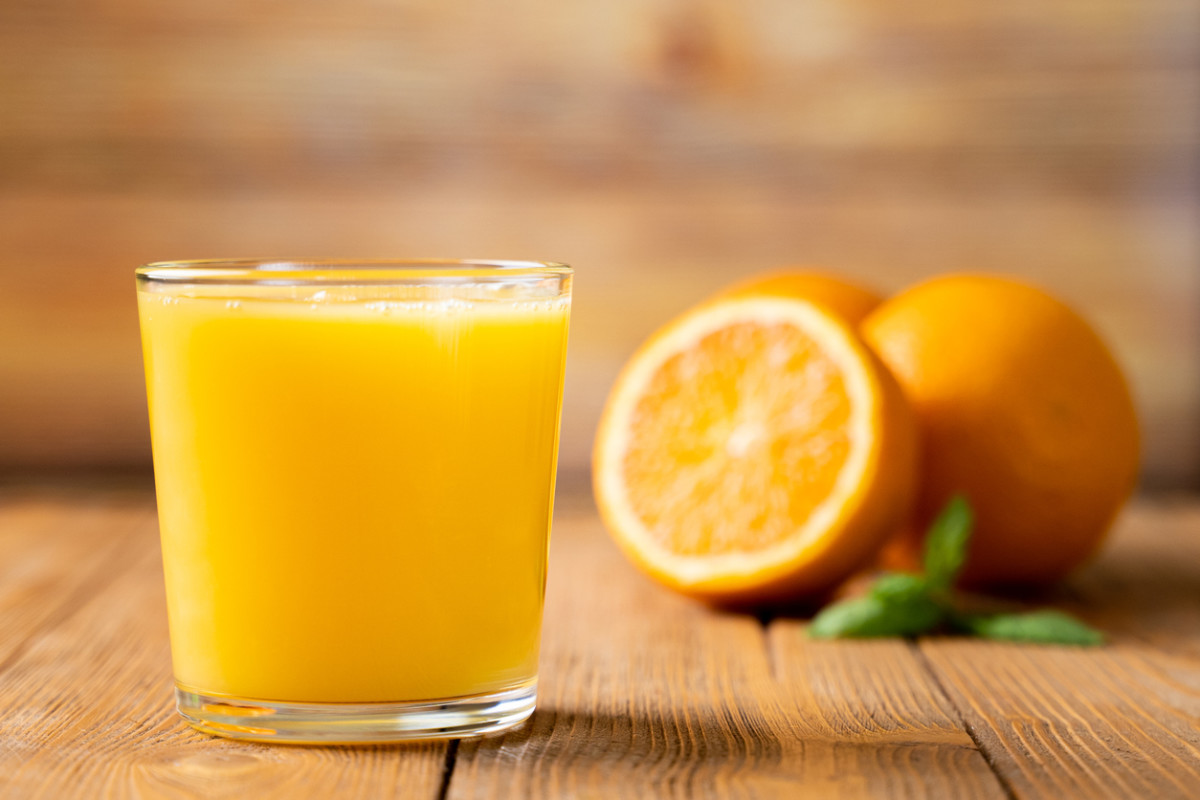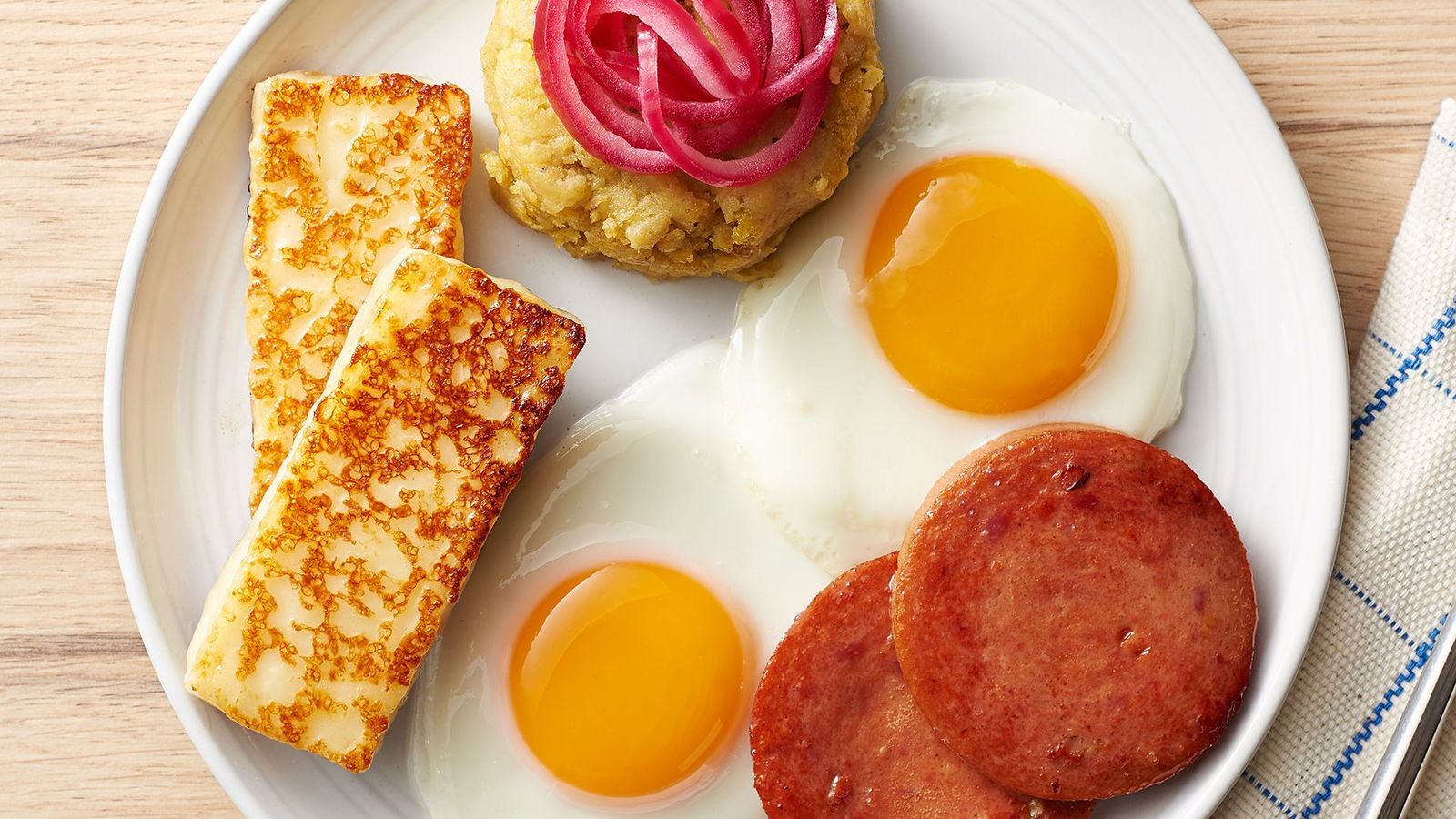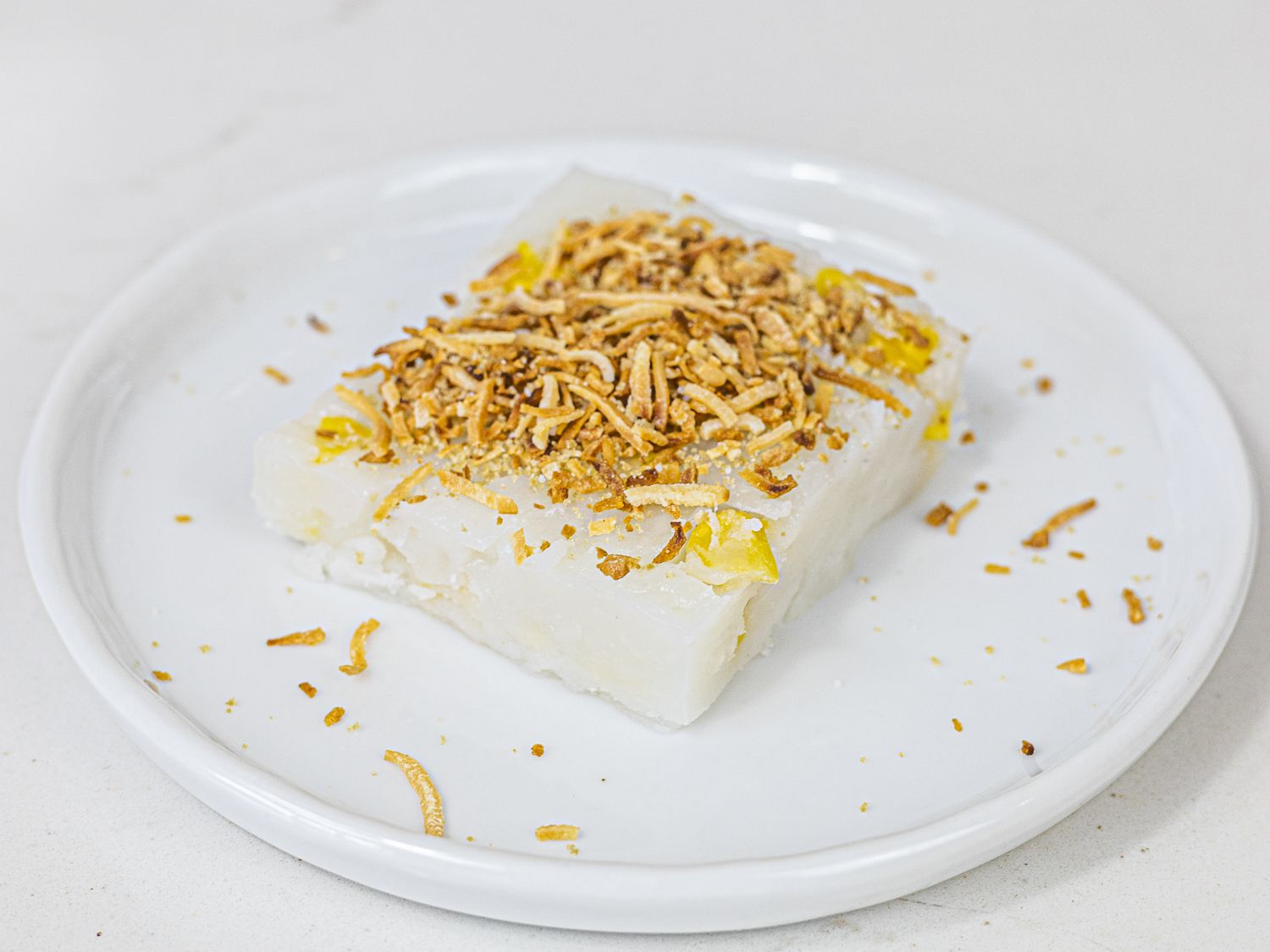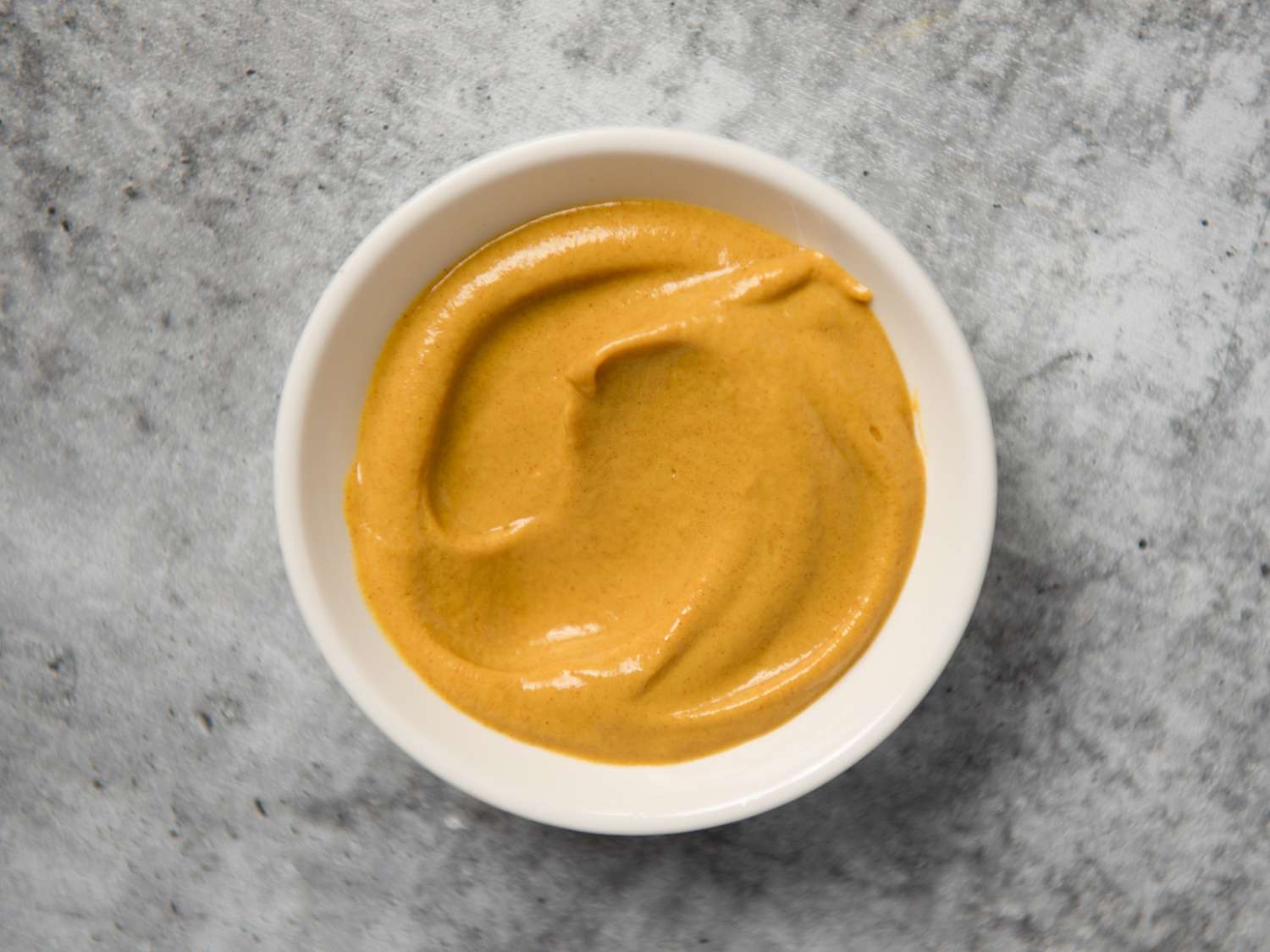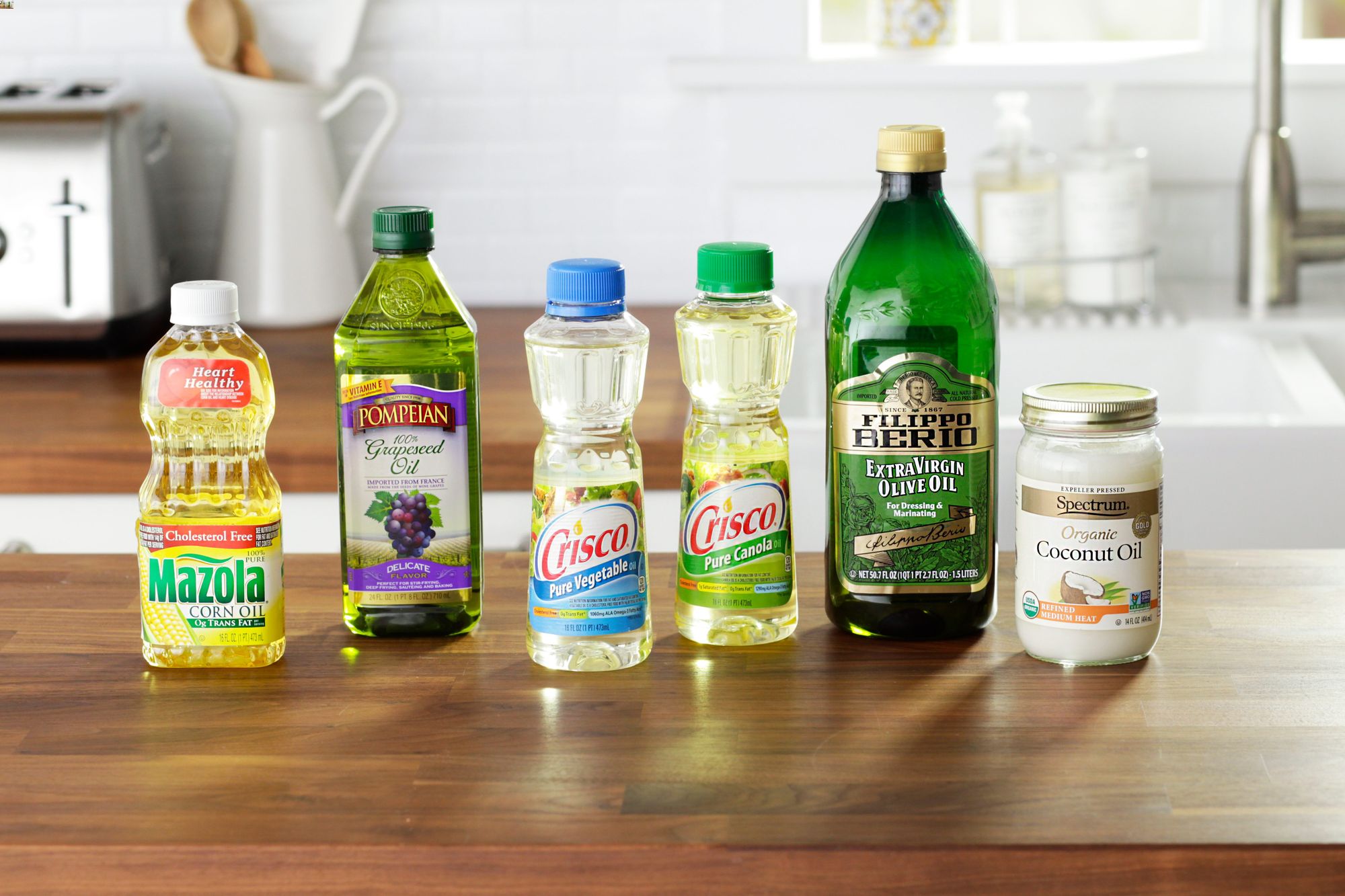Understanding the Difference Between Parboiled Rice and White Rice
When it comes to choosing the right type of rice for your meals, it’s important to understand the differences between parboiled rice and white rice. While both are popular choices, they have distinct characteristics that set them apart. Let’s take a closer look at the differences between these two types of rice to help you make an informed decision for your next meal.
Processing Method
One of the key differences between parboiled rice and white rice lies in their processing methods:
- Parboiled Rice: Parboiled rice undergoes a unique processing method that involves soaking, steaming, and drying the rice before milling. This process helps retain more nutrients in the rice grains, making it a healthier option compared to white rice.
- White Rice: White rice, on the other hand, undergoes milling to remove the outer husk, bran, and germ layers, resulting in a polished appearance. While this process gives white rice a softer texture, it also removes some of the nutrients found in the rice.
Nutritional Value
When it comes to nutritional value, parboiled rice and white rice differ in their nutrient content:
- Parboiled Rice: Due to the parboiling process, parboiled rice retains more nutrients, including fiber, vitamins, and minerals, compared to white rice. This makes it a healthier option for those looking to incorporate more nutrients into their diet.
- White Rice: While white rice is a good source of carbohydrates, it lacks the same level of nutrients found in parboiled rice. The milling process removes a significant portion of the rice’s natural nutrients, making it a less nutritious option compared to parboiled rice.
Cooking Characteristics
Another important factor to consider when comparing parboiled rice and white rice is their cooking characteristics:
- Parboiled Rice: Parboiled rice has a firmer texture and tends to hold its shape well during cooking. It is less sticky compared to white rice, making it a great choice for dishes that require distinct, separate grains.
- White Rice: White rice has a softer, stickier texture when cooked, making it ideal for dishes such as sushi or risotto, where a creamy consistency is desired.
Flavor Profile
When it comes to flavor, parboiled rice and white rice offer distinct taste profiles:
- Parboiled Rice: Parboiled rice has a nuttier flavor compared to white rice, adding a subtle depth to dishes. Its firmer texture also allows it to absorb flavors well, making it a versatile option for various cuisines.
- White Rice: White rice has a milder, neutral flavor, allowing it to complement a wide range of dishes without overpowering other ingredients. Its soft texture makes it a popular choice for many classic rice-based recipes.
Conclusion
While both parboiled rice and white rice have their own unique characteristics, the choice between the two ultimately depends on personal preferences and dietary needs. If you’re looking for a rice option that retains more nutrients and offers a firmer texture, parboiled rice may be the ideal choice. On the other hand, if you prefer a softer, stickier rice with a milder flavor, white rice could be the perfect fit for your culinary creations. Understanding the differences between these two types of rice can help you make an informed decision based on your specific cooking requirements and nutritional goals.
Was this page helpful?
Read Next: What Is Meringue Used For
